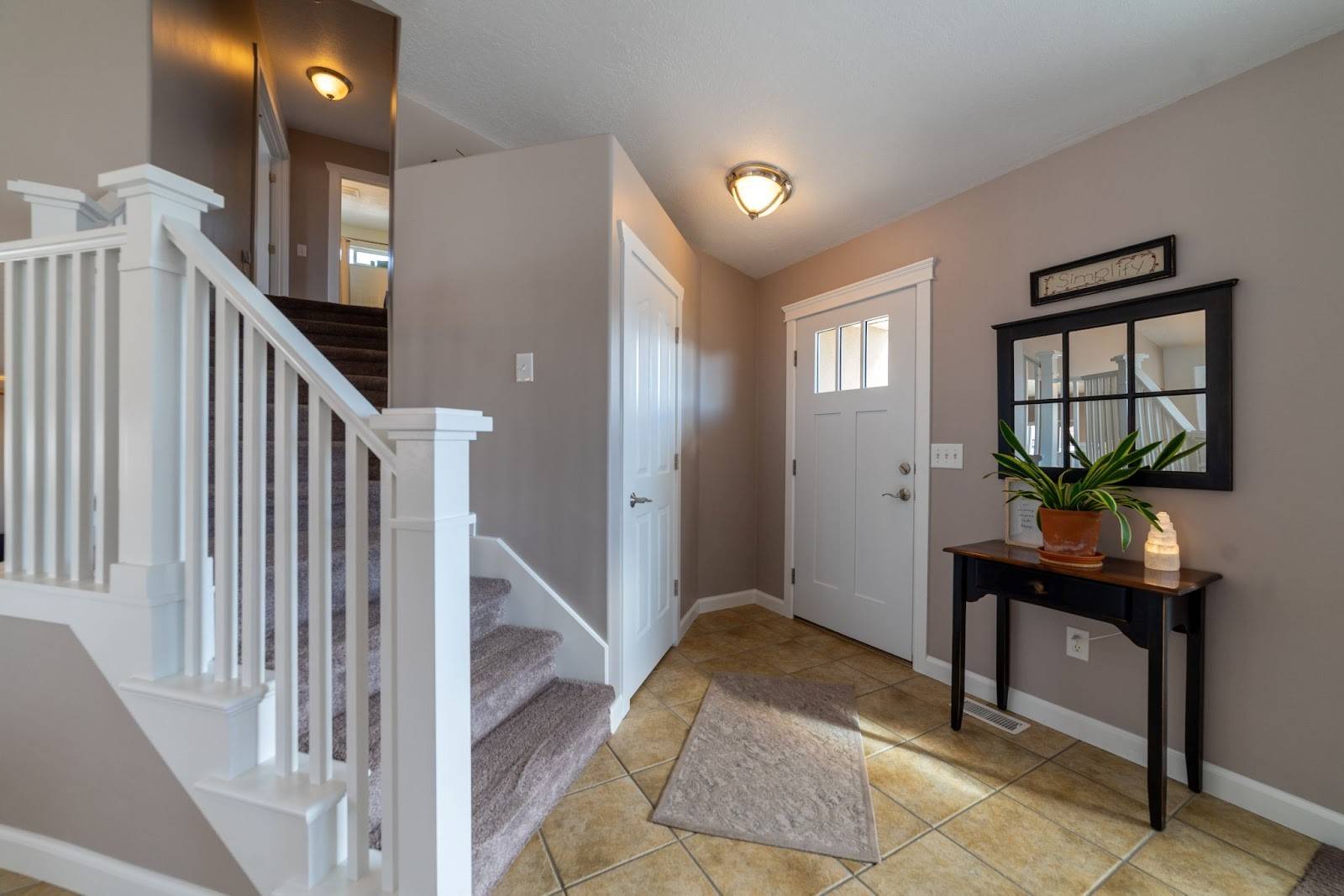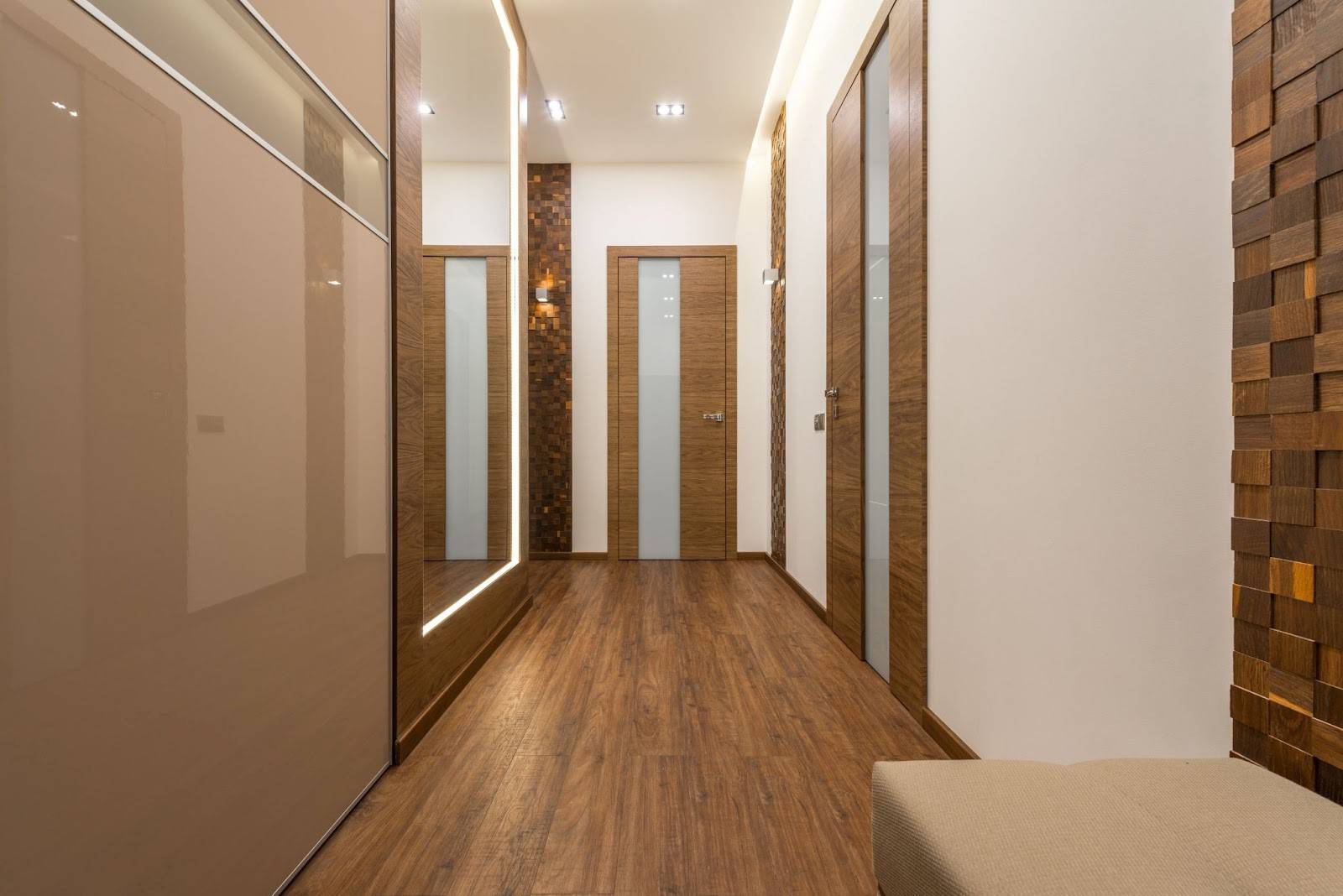Bored with your drab and dull interior doors? Want to give your space a quick and easy makeover? Painting your doors can do the trick! The worldwide painting and coatings market is projected to reach USD 212 billion by 2026. But let’s face it, painting doors can be a daunting task, especially when it comes to achieving a smooth, brush mark-free finish.
Don’t fret! We’ve got the inside scoop on how to paint interior doors like a pro. In this blog, we’ll show you how to paint interior doors without brush marks. You’ll learn about the tools, techniques, and paint types you need to create a flawless finish that will impress your guests. So, let’s get started on transforming your doors into a work of art!
How to Paint Interior Doors?
Step 1: Preparing Your Doors for Painting
Before you start painting, you need to ensure that your doors are ready to be painted. Start by cleaning the door thoroughly with soap and water, removing any dirt or dust. If there are any holes or cracks, use wood filler to repair them. Sand the door with fine-grit sandpaper to create a smooth surface for painting. Don’t forget to wipe the door down with a tack cloth to remove any sanding dust.
Step 2: Choosing the Right Paint
Choosing the right paint is crucial to achieving a smooth, brush-mark-free finish. Satin or semi-gloss paints are ideal for painting doors because they are durable and easy to clean. They also have a smooth finish, which can help to hide any brush marks.
Step 3: Using the Right Tools
Using the right tools is also essential to achieving a smooth finish. Use a high-quality brush that is specifically designed for painting doors. A 2-inch angled brush is a good size to use. A roller can also be used to paint doors, but it can leave a stippled texture if not used correctly. If you decide to use a roller, choose a high-density foam roller cover to create a smooth finish.
Painting Techniques
Now that your door is prepped and you have your paint and tools ready, it’s time to start painting! Here are some techniques to help you achieve a smooth, brush-mark-free finish:
1. Apply the Paint in Thin Layers
When painting doors, it’s best to apply the paint in thin layers. Apply the paint in long, even strokes, and try not to overload your brush with too much paint. This can cause drips and brush marks.
2. Paint in the Direction of the Grain
Always paint in the direction of the grain. This will help to create a smooth finish and prevent brush marks.
3. Feather the Edges
When you finish a stroke, feather the edge by lightly brushing over it. This will help to blend the paint and create a smooth finish.
4. Don’t Overwork the Paint
Try not to overwork the paint. Overworking the paint can cause it to dry too quickly and result in brush marks.
Hiring a Professional Painter
Painting your interior doors can be a challenging task, especially if you want to achieve a smooth, brush-mark-free finish. If you don’t have the time or experience to paint your doors yourself, consider hiring a professional painter.
Weiler Painting is one of the best painters in the Langley, Surrey, and White Rock areas. They offer residential and commercial interior and exterior painting services. They have years of experience painting doors and can help you achieve a smooth, brush-mark-free finish. Their high-quality paints and tools will ensure that your doors look great and last for years to come.
The Bottom Line
Painting your interior doors can give your space a quick and cost-effective facelift. To achieve a smooth, brush mark-free finish, prepare your doors, choose the right paint and tools, and use the right painting techniques.
If you don’t have the time or experience to paint your doors yourself, consider hiring a professional painter like Weiler Painting. They can help you achieve a beautiful, long-lasting finish that will enhance the look of your home or business. Remember, a good paint job is like a good suit – it’s all in the details!



